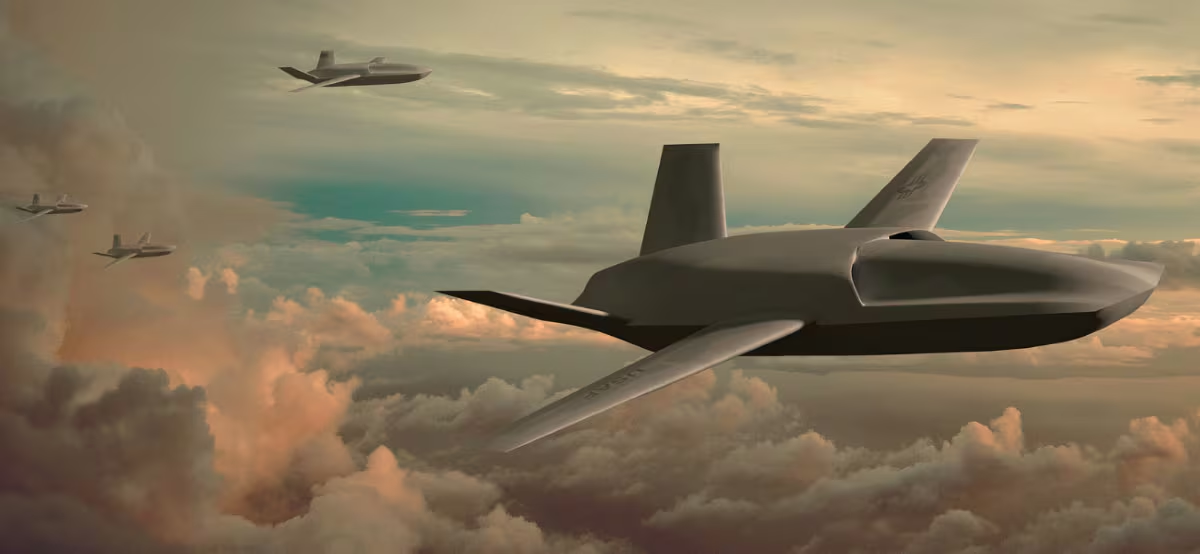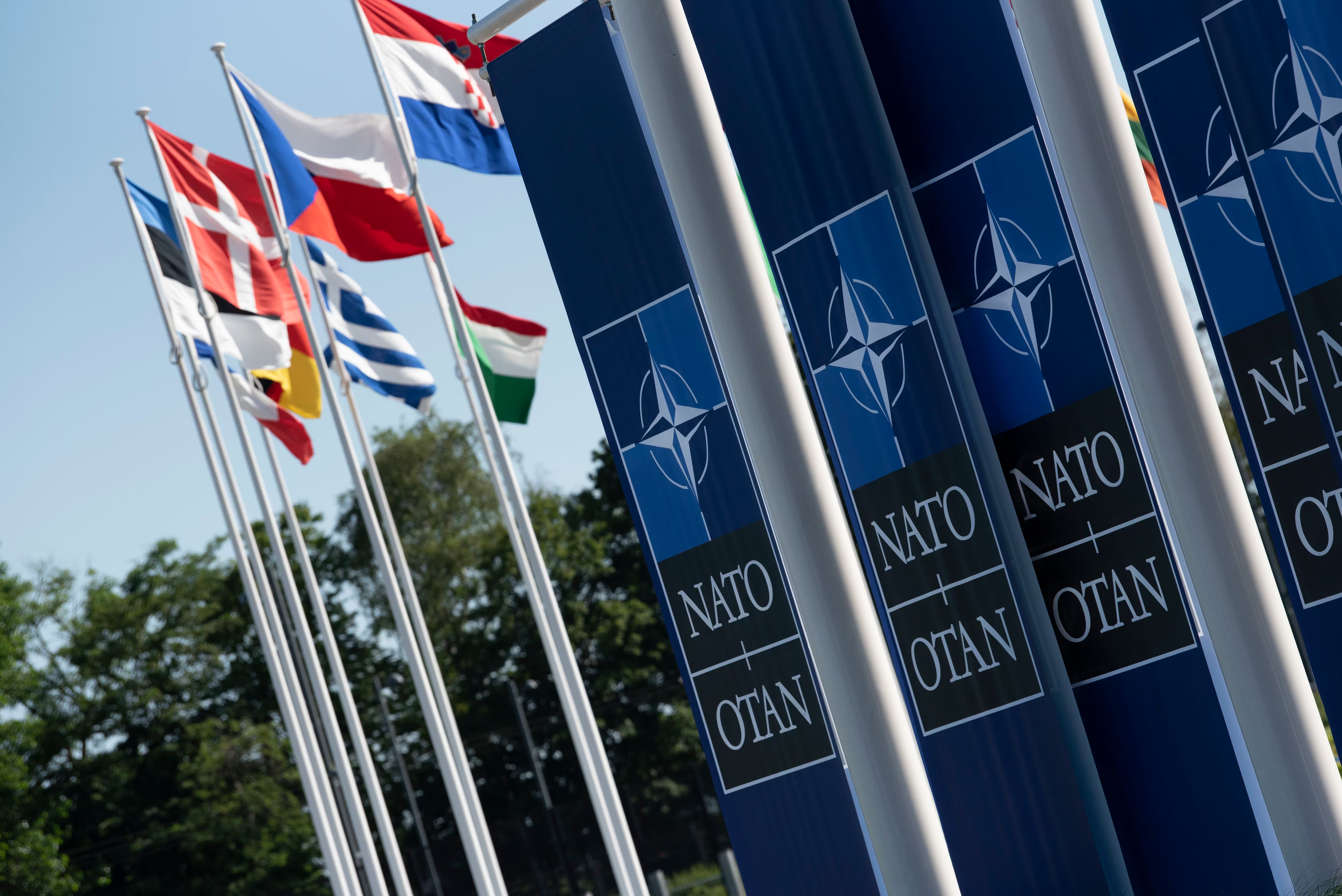HUNTSVILLE, Ala. — The Missile Defense Agency is preparing for a first test later this year of an initial capability designed to protect the strategic Pacific Island of Guam from air and missile threats, according to Air Force Lt. Gen. Heath Collins, the agency’s director.
MDA is supplying a new radar – the AN/TPY-6 – to support an elaborate air and missile defense architecture that is being pieced together over the coming years in order to protect Guam from increasingly complex threats emerging in China and North Korea.
“The first panel is on a boat on its way to Guam to support a planned flight experiment that we’re doing in December,” Collins told Defense News in an interview at the Space and Missile Defense Symposium.
The TPY-6 panel will be used to track a target launched out of a C-17 aircraft and then an SM-3 Block IIA interceptor will launch from a vertical launch system cell already on the island, he said.
The new radar uses technology from MDA’s Long-Range Discrimination Radar positioned in Alaska at Clear Space Force Base, which will have its own test next year ahead of declaring operational capability.
The U.S. Army was assigned in 2023 to lead the acquisition and execution plan for the Guam architecture, and the service’s Rapid Capabilities and Critical Technologies Office lead – a three-star general – was appointed to stand up a joint team for seeing it through.
MDA’s role now is focused primarily on developing the means to tie all the systems together that will be part of the architecture.
The agency has been, for over a decade, working with the services on a standard called the Joint Tactical Integrated Fire Control, or JTIFC, standard.. “That is a standard where we can take different tracking systems and connect those together to get to a true joint tracking architecture that is really going to be critical as we go forward,” Collins said.
MDA is pushing forward to establish a combined command center on the island that will host all of the “major command and control systems in the missile defense business,” Collins said, such as the Army’s Integrated Battle Command System, the Navy’s Aegis weapon system and the Aegis ground system being built for Guam, the Air Force’s C2 system and the agency’s Command Control Battle Management and Communications system, known as C2BMC.
When it first stands up, “it’ll be more set up the way we do things today, where we have J-series messages that we pass for situational awareness,” Collins said.
“But this JTIFC standard is actually what we see to be the basis for the future joint track architecture for Guam and so we’re going to continue to mature what we’ve done today forward and start connecting all those components together in Guam,” he added. “We really think that’s going to be key to really doing that integrated air and missile defense of the future.”
According to Collins, the command center on Guam with the C2BMC node is critical for the ability to connect everything else coming into the architecture later.
The architecture relies on a variety of systems still in development, mostly within the Army. The Navy will provide technology and capability from its Aegis weapon system. The land service plans to bring currently fielded capability like the Patriot system and its IBCS that connects any sensor and shooter together on the battlefield as well as Mid-Range Capability missile launchers, which were first fielded at the end of last year.
Still in varying stages of development, the service will incorporate Patriot’s radar replacement, the Lower Tier Air and Missile Defense Sensor, and its Indirect Fire Protection Capability launchers currently in prototyping.
Once the command center is established, Collin said, radars and vertical launch systems will be brought in followed by sensors and interceptors, “as those are ready.”
Over the next year or so, the island “will look like it pretty much looks today,” Collins said. “Our first construction money to start building on the island is ‘25 so we will, by the end of ‘25, we will have begun some military construction on some of the sites.”
Jen Judson is an award-winning journalist covering land warfare for Defense News. She has also worked for Politico and Inside Defense. She holds a Master of Science degree in journalism from Boston University and a Bachelor of Arts degree from Kenyon College.








